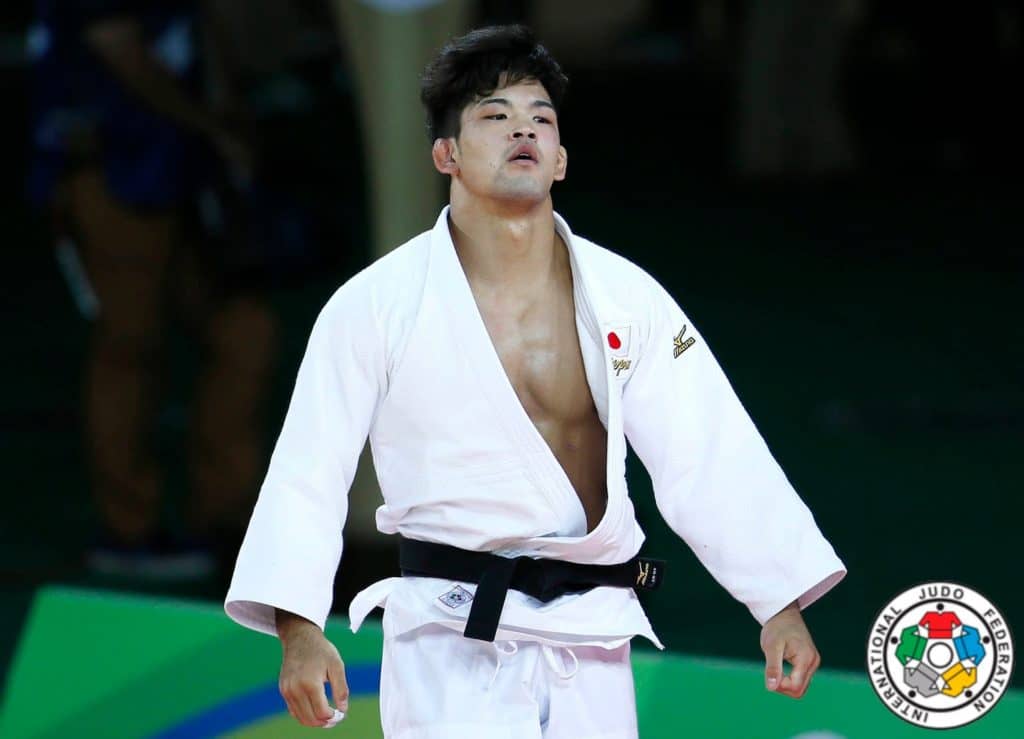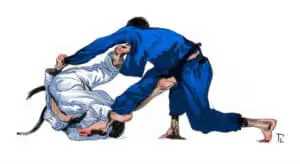
If you have done a bit of research into the membership fees of both Judo and BJJ you will have quickly found out that Judo is significantly cheaper than BJJ. Let’s find out why!
Why Is Judo Cheaper Than BJJ?
Judo is cheaper than BJJ because Judo clubs are often run as non-profit organizations where the coaches are volunteers and they benefit from government funding due to being an Olympic sport.
While Judo and BJJ are very similar sports the cost of a membership is very different. You can often find Judo gyms for $25 to $50 per month. While most BJJ gyms are between $120 and $200 per month. This price discrepancy is caused by the following factors.
Most Judo clubs are non-profit organizations. They simply charge as much as they need to cover costs. You combine this with the fact that a lot of Judo clubs are run out of government-owned facilities with cheap rent and the coaches are volunteers it becomes clear why they can charge so little and still keep operating.
This is in contrast to BJJ gyms which are for profit organizations. BJJ gyms’ goal like other commercial gyms is to make profit for their owners. This goal is reflected in their membership fees.
Jiu Jitsu gyms set their fees based on profit maximization. If they could charge $1000 per month they would. They have determined that by charging somewhere between $150 to $200 they can earn the most profit. For example, if they $200 per month and can average 50 paying members this is more profitable than charging $300 and only having 25 members.
BJJ gyms also have much higher costs than Judo gyms. Most BJJ gyms are paying market rates for renting their location. Their members also expect to enjoy high-quality facilities for their high membership fees. You will often BJJ gyms with huge mat space, large changing rooms, showers, weightlifting areas maybe even a sauna or recovery room.
These expectations can cause BJJ gyms to have to fork out big money in rent and renovations. While Judo gyms are often very basic with maybe a changing room if you are lucky. For the low price they charge their members do not expect much in terms of facilities.
BJJ gyms also have large salary expenses. BJJ gyms will often employ managers, cleaners, administrators, and coaches. All these staff need to be paid at least minimum wage with many being paid a respectable full time income.
To support these wages BJJ gyms have to charge high membership fees. In contrast at a Judo club, volunteers will often look after the many roles required to keep the club operational.
Another factor is the government support that many Judo clubs receive. As Judo is an Olympic sport, clubs can often qualify for government grants. In some countries, these can be particularly generous and allow the club to be free.
As BJJ is not an Olympic sport and gyms are private businesses BJJ academies do not get access to government funding. Without government subsidies, BJJ gyms have to charge market rates.
In the US particularly market demand and the demographic of the athletes is also driving BJJ prices. BJJ has experienced a surge in popularity in the last 10 years and while there are many gyms demand is strong enough to allow BJJ gyms to charge high membership fees.
In the US the demand for Judo is just not there and even private Judo clubs can not typically charge as much as BJJ gyms. Private Judo clubs often max out at around $100 per month while top tier BJJ gyms can charge as much as $250 per month.
In the US the average BJJ practitioner is in their 30s and a middle to upper middle class professional or successful tradesman. This demographic tends to have considerable amounts of disposable income and is able to afford the high cost of BJJ. The demographic of Judokas tends to be more diverse and overall less wealthy.
If you are on a budget and can’t afford a BJJ gym then training Judo is a great option. You will still learn many submission and pinning techniques and will also learn how to throw anybody with ease.
If you can’t find a Judo club and are on a budget you should look for a BJJ gym that is run by a purple or brown belt, is located inside another gym, and only has classes a couple of times a week. These Jiu Jitsu academies tend to be significantly cheaper than big gyms run by black belts.
